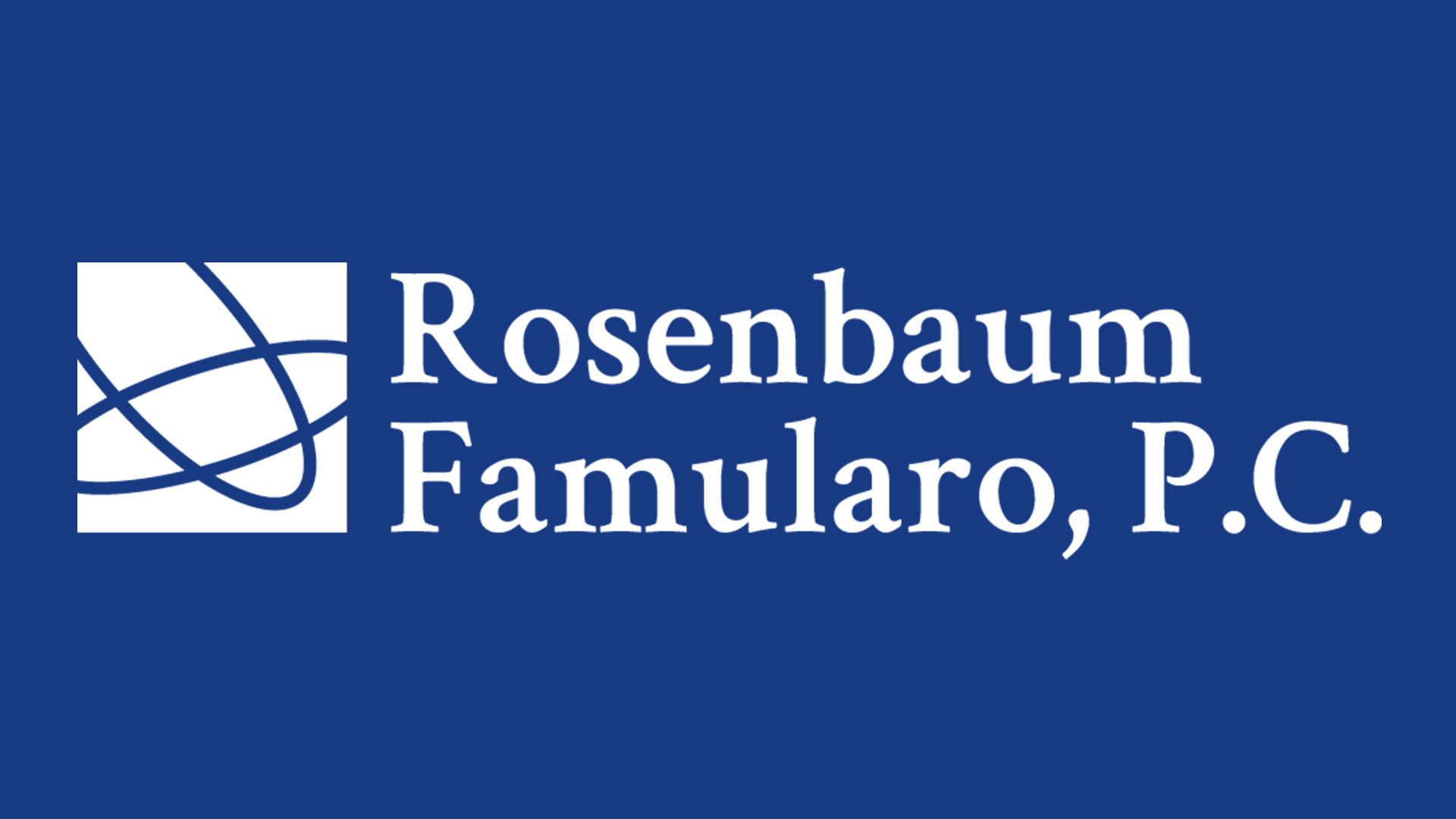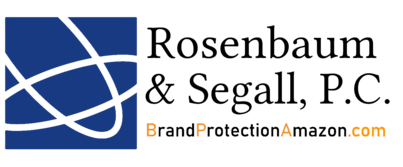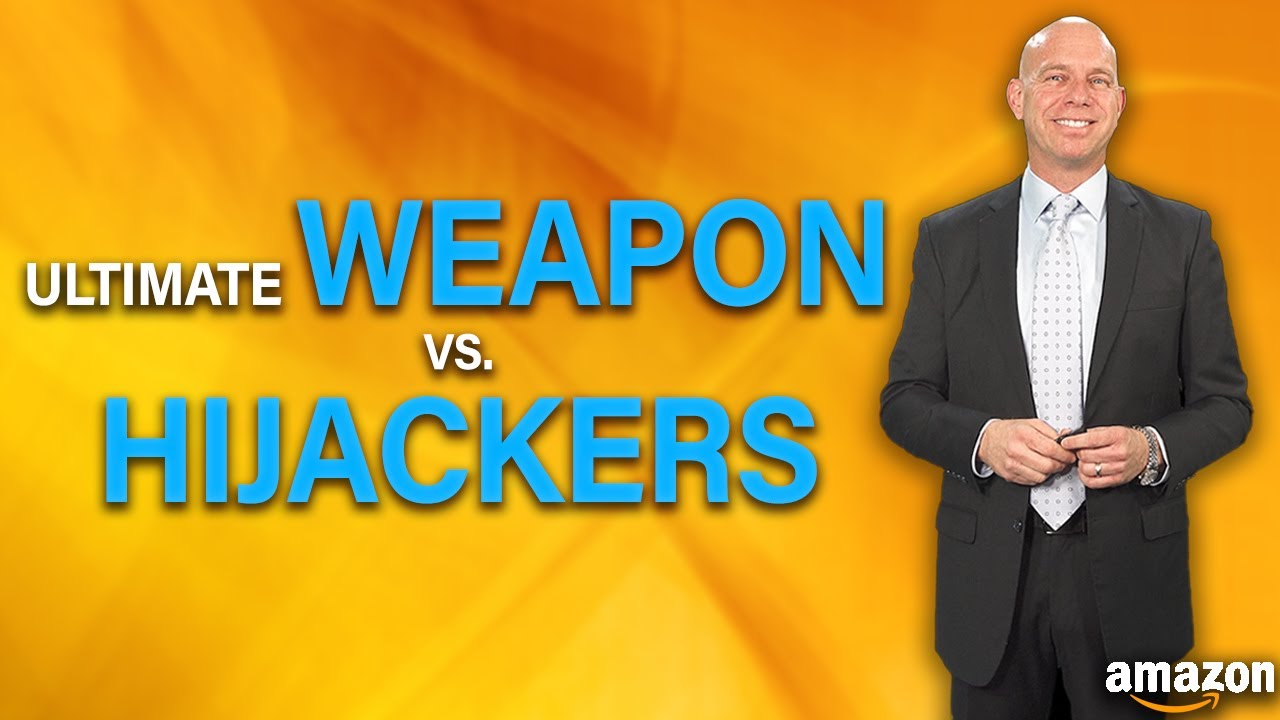
Keurig. Starbucks. Barilla. McDonald’s. Tide. One of these things is obviously not like the other.
But in truth, none of them are like each other by law. They are five distinct trademarks, each loud and proud about what their products and services stand for. Each conveying information, standards and branding about their goods. Just one look was all it took for you to know a lot about those word marks:
- Keurig’s machines? They’re the K-cup, single brew coffee maker.
- Starbucks? You know them as a speedy retailer of absurdly strong coffee
- Barilla? Passable Italian pastas and sauces economically priced
- McDonald’s? Burgers and fries that taste like, well, McDonald’s burgers and fries
- Tide? Definitely not food-related. A strong brand that says more than simply “detergent”
Keep in mind that these brand assurances do not apply directly to the goods or the services. Although you may assume that a McDonald’s burger will take a minute to make and will taste like the last one you scarfed down, this is primarily because of where the burger came from and the standards of consistent quality associated your local Mickey D’s franchise.
Trademark Protection History
In retail and commerce, trademarks actually date back to 5000 B.C. China. Back then, potters stamped their good with the manufacturer’s location of creation. [1] And in ancient Egypt, to help buyers quickly determine a product’s origin, craftsmen affixed unique symbols to their goods. [2]
The practice of “marking” goods with a symbol or signature to denote the point of origin spread to Europe, especially during the middle ages. [3] King Edward I of England, for example, decreed in the 12th century that it was illegal for jewelers to sell their wares minus the royal stamp of the Goldsmith’s Hall. And what was the punishment for counterfeiting this mark? Death. [4] Yes, they were really serious about this trademark thing. Hardly the full-fledged marks of today, these early versions did the job dissuading fraudulent product development and distribution. (The threat of death often does!)
Today’s equivalent of a trademark first appeared between the 13th and 16th centuries as a “merchant mark.” [5] Trade guilds used them to “brand” the origin of their goods. [6] The earliest known trademark infringement case was Southern v. How, from 1618, when a low-tier schmatta clothier used a mark reserved for high-tier clothmakers. [7]
Trademark Protection Today
And today, trademarks are everywhere, defining manufacturers, brands, and the products themselves. Rather than rely on judges’ rulings from case to case, brands now rely on the Lanham Act, the 1946 statute that offers protection against infringing parties with laws designed to protect a trademark’s sanctity. [8] From magazines to internet ads, you won’t have to look far to see an endless stream of trademarks promoting particular brands of products. No wonder the signature of product origin became a proxy for the product itself.
But thinking that your trademark defines your product is an error. Trademarks do not describe goods. What’s in a name? Well, it’s not Apples to apples, not a smartphone equaling a piece of fruit. Instead, trademarks identify the origin of the goods — the seller.
All of a person’s or company’s good nature, dependability, and quality (even their public image) are what’s applied to a trademark. So, any product bearing that trademark says to the consumer, “Trust this! You’re about buy the same standards of quality and care that this trademark has demonstrated before.”
Marks give consumers comfort, knowing that the product they are purchasing will not stray too far from their expectations.
So, it would appear that trademarks are primarily dedicated to protecting consumers. However, they’re also essential to protecting the brand and company. They identify:
- Territory of business
- Geographic location
- Product category
- The particular type of product
- Assurances the seller can typically guarantee to consumers.
 An effective trademark is the tool that separates your goods from the competition’s.
An effective trademark is the tool that separates your goods from the competition’s.
That even includes brands who aren’t direct competitors, but with whom an association would injure your brand image.
For example, imagine what would happen if a rat poison manufacturer was able to brand their products with the “ALPO” dog food logo? Besides horrors that would befall dogs whose owners confused the labeling, the Alpo Dog Food company would also have a huge branding problem. Consumers might associate their product with that brand of rat poison. Alpo’s customer service phone line would be handling thousands of calls from who might have purchased Alpo dog food, asking, “Is Alpo now selling rat poison? What about contamination with the dog food? Are both products manufactured in the same plant?”
Even if Alpo quelled every inquiry successfully, here’s the rub: They now have an identity crisis, a brand nightmare trying to inform all other newly-confused consumers to persuade them that Alpo is not “ALPO” and is not associated with “ALPO.”
And that, ladies and gentlemen, is the beauty and power of a trademark. This confusion and tainting is what a trademark seeks to prevent.
Justice Pitney once wrote that trademarks: “designate … goods as the product of a particular [seller] and … protect his [or her] good will against the sale of another’s product as his [or hers].” [9]
Which means trademarks protect consumers and marketers. Without them, a brand owner’s and marketers’ identity could easily be attributed to another individual / company selling similar stuff. That bogus brand might be pirating the equity of the original brand owner, abusing the good nature they’ve worked to foster. This impostor may also be selling inferior goods, now mistakenly attributed to the wrong brand! That injures their reputation, confuses their image, and weakens their perceived value in a consumer’s mind.
So, designing and using a trademark to designate your goods and brand as yours alone appears to be a good idea, no doubt. However, before being drafted and applied, your trademark must be the first of its kind to be used. Put another way, it must have priority. What’s more, it must satisfy a number of other legal requirements before you can reap its full protective power.
Protecting Bands & Private Labels from Trademark Infringement
Rosenbaum Famularo, PC, is a law firm geared towards intellectual property and brand protection in the global ecommerce marketplace.
GET HELP NOW: The law firm of Rosenbaum Famularo, PC is required by law to assure you 100% confidentiality. We protect your privacy under the Attorney-Client Privilege.
Trademark Protection Basics
[1] History of Trademarks: Everything You Need to Know, UpCounsel (last visited July 20, 2018), https://www.upcounsel.com/history-of-trademarks.
[2] Id.
[3] Id.
[4] Id.
[5] Id.
[6] Id.
[7] David Johnson, Trademarks: A History, Infoplease (last visited July 20, 2018), https://www.infoplease.com/trademarks-history.
[8] Beverly W. Pattishall, The Lanham Trademark Act at Fifty – Some History and Comment, 86 Trademark Rep. 442, 442 (1996).
[9] United Drug Co. v. Theodore Rectanus Co., 248 U.S. 90, 97 (1918).








